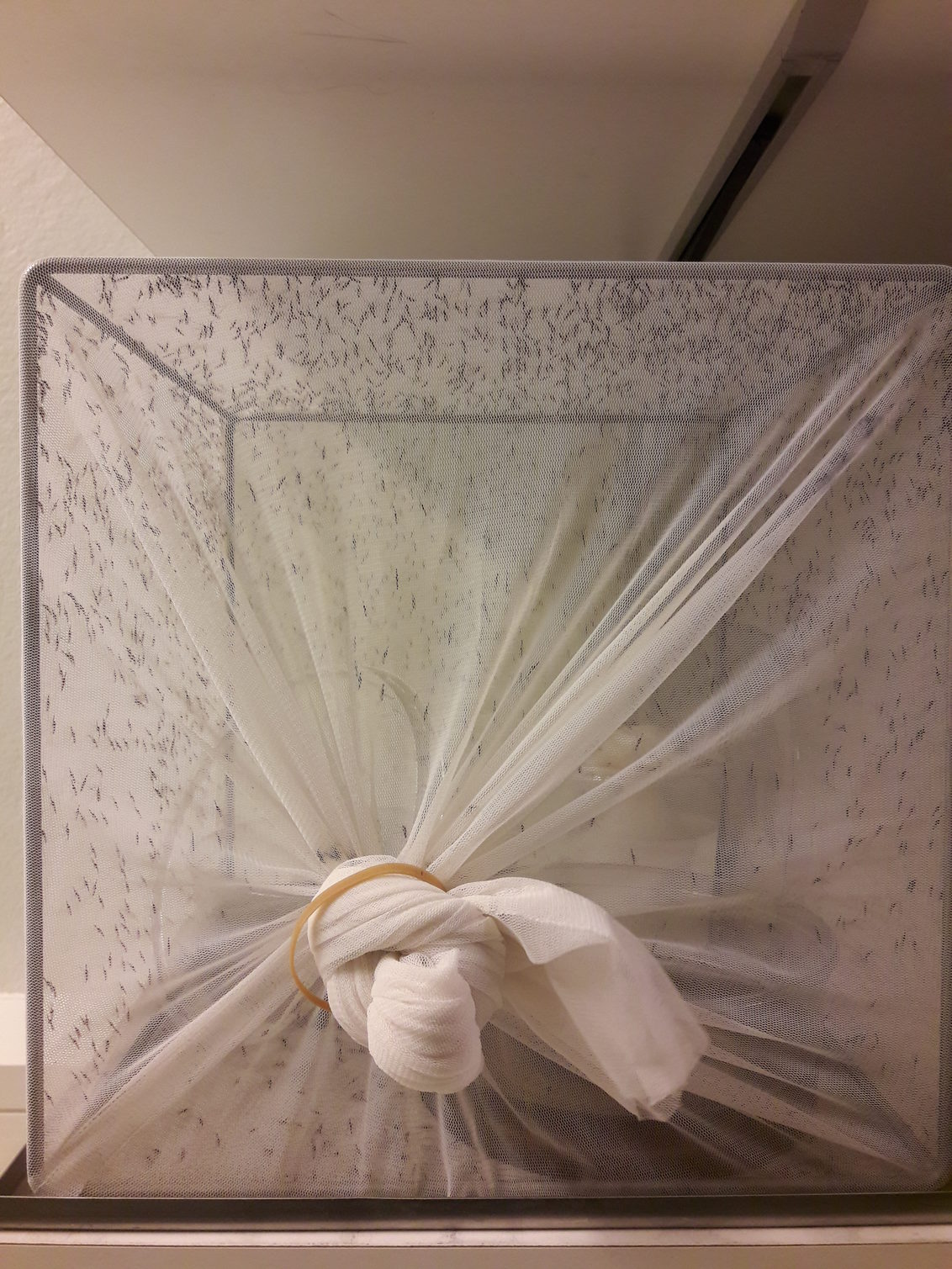The case for Insecticide Resistance Management in Vector Control
Mark Hoppé
Syngenta Crop Protection

Insecticide resistance can be defined as, a heritable change in the sensitivity of a pest population that is reflected in the repeated failure of a product to achieve the expected level of control when used according to the label recommendation for that pest species (IRAC 2011).
Insecticide susceptibility is lost in an insect population when individuals with a heritable trait that allows them to survive an insecticide based intervention pass on the genes for that trait to the next generation. At first there may be a very small proportion of the population that express the trait, however, if the population is further exposed to selection by the insecticide based intervention, then the less susceptible proportion will increase and eventually the intervention may fail to deliver the desired level of control. An insecticide resistance management (IRM) programme therefore has the aim of maintaining the proportion of the population that survive, below that which would cause the intervention to fail to deliver the desired level of control.
To minimise selection pressure, the target pest population should not be continually exposed to a given insecticide, or insecticides with the same mode of action. This forms the basis for all IRM programmes, which recommend rotating, or using mosaics, of insecticides with different modes of action, or using mixtures of insecticides (WHO 2012, Onstad 2014). To identify which insecticides have the same mode of action, the Insecticide Resistance Action Committee (IRAC) has developed a numerical classification system (Sparks and Nauen, 2015). IRM should therefore be a simple exercise in the use of insecticides with different modes of action in a structured programme. However, this is easier said than done.
Since 2000 there has been a 40% reduction in the incidence of clinical malaria, with an estimated 663 million clinical cases averted. 87% of this gain has been attributed to large scale mosquito adulticide based vector control interventions. (Bhatt et al, 2015). Insecticide based vector control therefore plays a key role in the prevention of malaria. However, this great achievement is considered by many to be under threat by ever increasing levels of insecticide resistance in the anopheline vectors of malaria.
IRAC identifies 27 insecticidal modes of action. However, currently only five subclasses of insecticide have sufficiently desirable characteristics for use in vector control, and meet the criteria for recommendation by the WHO Pesticide Evaluation Scheme (WHOPES). Only one of which, the pyrethroids, are currently recommended for use in Long-Lasting Insecticide treated Nets (LLINs). With the admirable aim of universal access to LLINs, for those at risk of malaria, mosquito populations in malaria endemic regions face almost constant selection pressure for pyrethroid resistance. It is therefore not surprising that susceptibility to pyrethroids in many Anopheles species is falling. It has been reported that when a malaria control programme in Ghana switched from pyrethroid to organophosphate based residual wall spraying (IRS), the incidence of parasitemia fell (Ricks, 2015). Whilst not demonstrating a causal link between pyrethroid resistance and a reduction in malaria control, this is strong evidence that it could be a problem.
There are numerous reports of insecticide resistance in agricultural pests. However, historically a steady stream of novel insecticides have been developed, enabling, in most cases, effective pest control to be re-established. The relative ease with which insecticides from different mode of action classes can be used in crop husbandry facilitates the implementation of IRM programmes. Multiple generations of a given pest species need not be exposed to selection from the same class of insecticides. In contrast, an LLIN is designed to remain effective for three years, exposing multiple generations of mosquito to the same insecticide.
The paucity of insecticidal modes of action available for adult mosquito control has a number of root causes, including an unattractive return on investment. Historically, insecticides were developed that had both agricultural and public health utility. However, in recent decades, regulatory pressure and environmental concerns have focused development on those with a limited spectrum and characteristics that are less suitable for use as mosquito adulticides. To address this, a number of initiatives have been initiated with the aim of developing novel solutions for the control of malaria vectors. These include public private partnerships that aim to facilitate the research and development required to deliver novel insecticide solutions and expedite the transition of novel vector control concepts to effective interventions (Hemingway et al, 2006). It is anticipated that the next decade will see a number of adulticides brought to market, to which mosquitoes resistant to the current recommended insecticide classes are susceptible.
To enable the greatest utility to be derived from novel mosquito adulticides, a programme of resistance management should be developed and implemented to coincide with their initial deployment. However, IRM should not be considered alone, but only in the context of Integrated Vector Management (IVM). IVM has been defined by the WHO as “a rational decision-making process for the optimal use of resources for vector control. The approach seeks to improve the efficacy, cost-effectiveness, ecological soundness and sustainability of disease-vector control. The ultimate goal is to prevent the transmission of vector-borne diseases” (WHO, 2014). Vector control is not sustainable if the limited number of effective interventions are lost to resistance development. IRM is therefore a key requirement for the sustainability of vector control.
IVM should not be considered an activity to overlay an existing insecticide based vector control programme, but insecticide based vector control should only be used as a component of an IVM programme. Mosquito adulticides should be part of a holistic approach that embraces all activities, including larvicides, which reduce mosquito populations, and minimise their interaction with humans. This will not only increase the effectiveness of the vector control programme, but will also help to minimise the selection of resistance.
